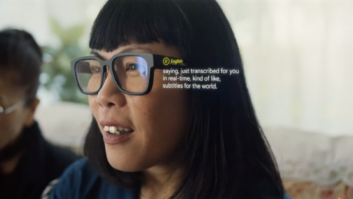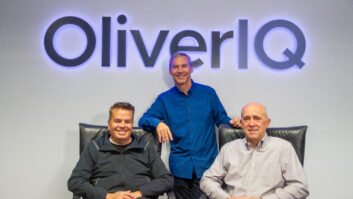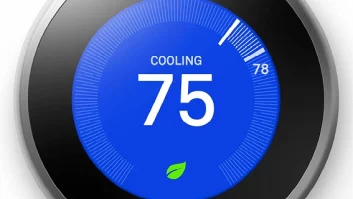Technology is everywhere — and whether or not it’s visible, it is constantly surrounding us. This will only increase with an expected 26 billion electronic devices to be in use worldwide by 2020. While today smartphones and tablets are user’s favorites, this preference could shift within the next few years to wearables such as Google Glass, Nike Fuel or Samsung Smartwatch. While users consciously decide to use their smartphones, the principle of wearables is that it’s “always on.” Since they are used constantly, their value and data generation primarily takes place in the background, while promoting users to seamlessly switch between devices.
Although it won’t seem natural at first, customers will get used to using the two in tandem, along with the having availability of personal data generated by these devices. At the same time the “Internet of Things” will ensure that the exchange of data between devices will be a common procedure since everything will be increasingly linked together, and devices will be able to seamlessly communicate amongst each other.
So, what does this mean for the customer service? To sum it up, the concepts “frictionless” and “seamless” will spread from customer experience to customer service. Today customers contact a support center — whether that’s online, by phone or in-person — if they have an acute problem, such as device damage. But when it comes to a shift to a new device they are on their own, which can be complicated and cumbersome when it comes to setting up a device and transferring personal settings and data. Not to mention, closed systems and vendor-exclusive customer data often lead to additional complications. However, customers expect more and more service that corresponds to the experience they gained from their device usage, and modern technology provides everything necessary to fulfill this expectation.
New Service Concepts Let Retailers Become Partners
Consequently, we will have to change our current understanding of customer service. The service of tomorrow has to shift from a product to a customer related perspective. It won’t just begin after purchasing a new device, but will provide assistance to the customer before they even make their purchase decision. For local retailers this is the chance to become a long term partner. If available information is be used purposefully, retailers could introduce new products to customers according to their preferences and invite them to test devices in stores.
Thanks to predictive analysis based on data generated by devices, customers could receive a warning about an impending failure. Or due to new insurance options for devices, customers could receive a proposed date for a free-of-charge replacement for defective parts. This development means that proprietary platforms will be of decreasing acceptance to OEMs as customers regard compatibility, easy data transfer and the maintenance of their settings as minimum requirements. Although hardly known for open product design, Apple made a first step into this direction with its CarPlay. In this case the iPhone can be connected to electronics of a variety of cars and be controlled via the touch screen in the front console.
In the end, there is still the issue of data sovereignty: If customers dispose their own data and are capable to decide when and to whom those are going to be made available, this obviously would accelerate the changes described above. But even if the current status quo stays the same, we will experience a different kind of service in less than ten years.
Sven Montanus is head of product development at B2X Care Solutions.












